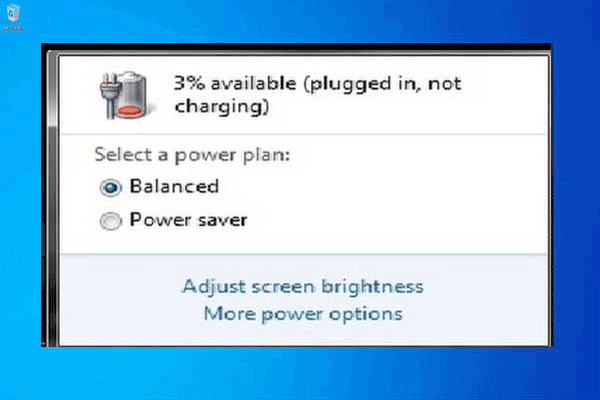

If you encountered this plugged-in-not-charging problem and found a fix that differs from mine, please describe your method in the comments below.įor more, check out Six security changes all Windows 10 users need to make and Windows 10 update: Everything you need to know.Laptop plugged in not charging is a serious problem as it leads to severe delays in your work and causes uncalled for stress. With differences in manufacturers, your mileage may vary.

Open the Device Manager by searching for it or right-clicking the Start button and selecting Device Manager.If your laptop refuses to charge the battery even though it acknowledges that it's plugged in, here's what you need to do: Read more: 11 easy Windows 10 tricks you didn't know about Here's how I got my laptop's battery back to charging when it was plugged in. I haven't been able to replicate it since it occurred two years ago, but the Device Manager in Windows 10 hasn't changed since then, so my fix is worth trying if you encounter this problem. And more thankfully, there was an easy fix. Thankfully, I found that this problem was not uncommon and would occasionally arise after a Windows update. My laptop showed it was plugged in, but then at the same time it would tell me it was also not charging. After installing a previous Windows update, for example, my laptop's battery stopped charging. You can check for issues before installing a Windows 10 update, but even then you still might experience a hiccup. Support for Windows 7 has officially ended, which means it's time to upgrade to Windows 10 to keep that old PC running smoothly and securely. What do you do if that charger port appears to go bust?


 0 kommentar(er)
0 kommentar(er)
